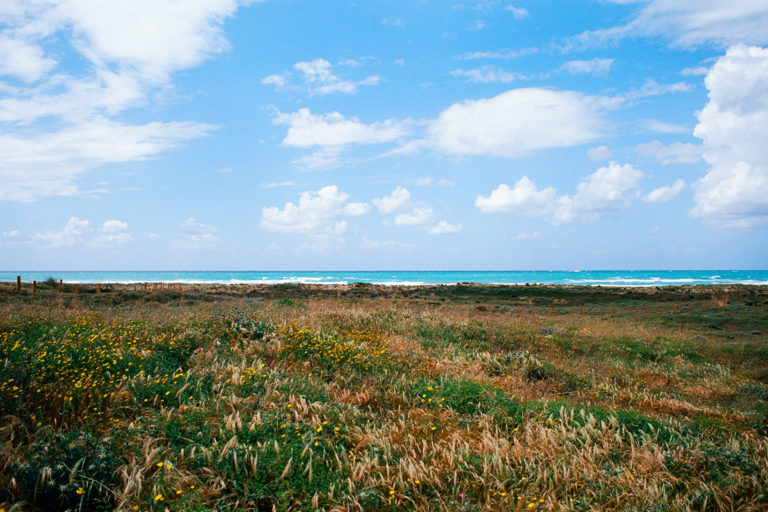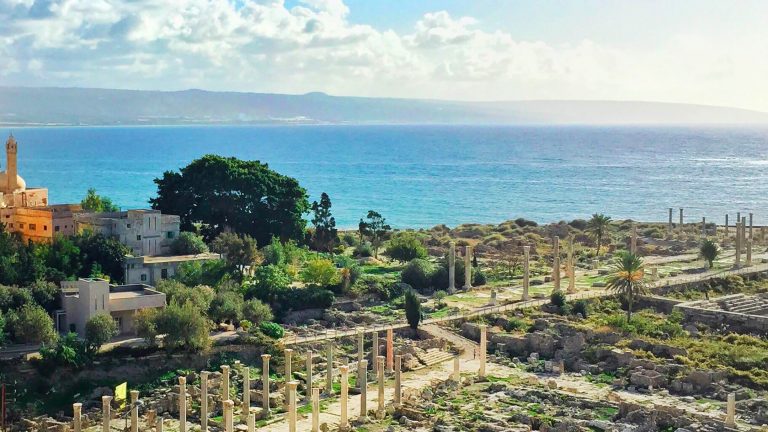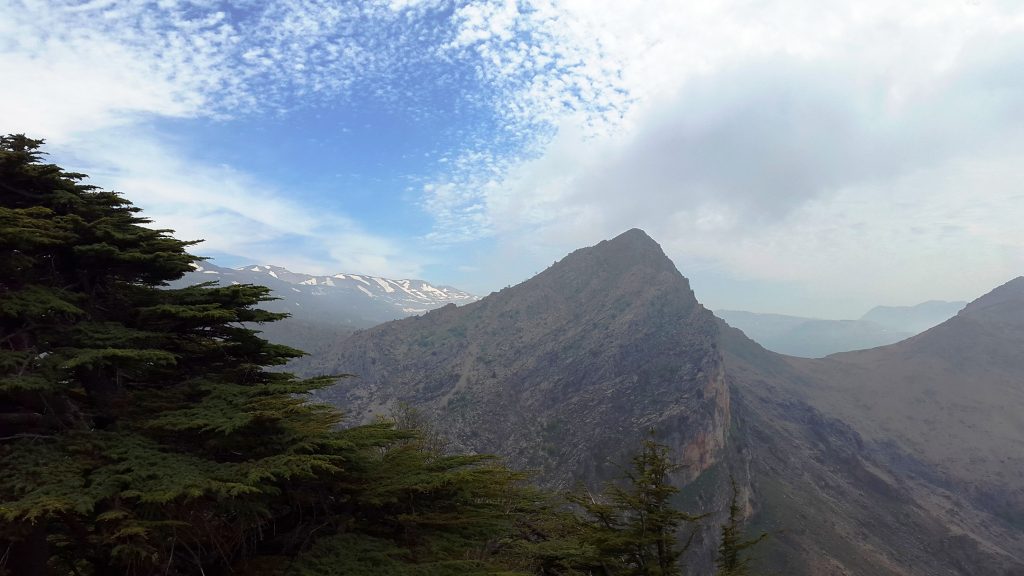Nestled in the mountains of north Lebanon circa 1,200 meters above the sea, Douma remains the most truthful representation of authentic Lebanese villages known for their red-tiled roof houses, green mountains, refreshing climate, and heartwarming hospitality.
Douma: a haven of tranquility
Thirty minutes from Batroun and far, far away from any kind of urban invasion, the village offers all the ingredients of a perfect retreat. Noise-free streets, beautiful traditional architecture, a charming old souk, a fresh breeze, and splendid nature rich with olive trees, Douma combines everything that’s appeasing to the senses and revitalizing for the body and the mind. It’s no wonder that the pronunciation of Douma comes from the Hebrew language word “Doumah”, meaning calm and rest.

Where to stay in Douma? Nowhere but Beit Douma, a beautiful member of the L’Hôte libanais Family.
Douma is mostly famous for its old souk that has well preserved its traditional cachet. Small paved streets welcome you with superb old wooden doors that open to reveal fresh local produce, beautiful artisanal works, and craftsmen forging wood or iron. With an abundance of iron in its oil, Douma was a hub for the iron industry back in its golden age (1881-1914), attracting craftsmanship and buyers alike, hence another name it has been known for: “Douma El Hadid” (Douma-The-Iron).
Around Douma: Tannourine, Assia…
Douma is strategically located in the Batroun district bordered by the beautiful villages of Tannourine, Bsha’leh, Hardeen, and Neha. Many wonderful hikes and activities can be organized around Douma such as trekking in the beautiful cedar reserve of Tannourine, a visit to the waterfall and cave of Balou’ Balaa, hiking Nahr El Joz (the river of Tannourine), climbing in Tannourine, hiking Jabal Douma, visiting the 6000-year old olive trees of Bsha’leh among others.
The hike I chose to do during my stay in Douma was in the village of Assia, most specifically its wadi, 7 minutes by car from Douma. Assia is a village of exceptional beauty. It is rich in remains of ancient civilizations such as sarcophagi, old historical churches and old grape and olive presses. Assia has many springs and water ponds like Saydet El Qalaa Pond, or The Lady of the Fortress Pond, irrigated by a gorgeous waterfall. Assia is also known to be the last Lebanese village to make 100% natural handcrafted pottery. Visit Sana Jabbour who welcomes you in her house to explain more about the art of pottery.
—
Behind Haret al-Massihiyi is the Muslim Quarter, arbitrarily divided by a narrow road. Tyre’s religious divide is microcosmic of Lebanon’s larger struggles, where historically constructed sectarian differences resulted in territorial demarcations. Despite political and class conflicts, the heart of Tyre remains its people, whose hospitality and warmth are truly exemplary.

On the city’s mainland is the Al-Bass site (the name referring to its neighboring Palestinian refugee camp), home to a funerary complex, an archway, and a well-preserved hippodrome, built by Alexander the Great after he conquered the city. The latter structure is often used as a concert venue. The formidable sites position the city as one of the oldest in the world, dating back to the third century B.C.
Tyre · A historical city
The Phoenician city was a centre for cultural production and the alphabet spread from its shores to Greece, thanks to Cadmus, son of Tyre. Perhaps one of the most memorable civilizations that later colonized the city is the Romans, and ruins of their magnificent architectural structures remain as testament. The Al-Mina archeological site reveals a large public bathhouse, a rectangular arena for spectator sports, Roman and Byzantine mosaics as well as impressive marble columns.
Tyre · A city to visit
Tyre’s modern history is less glamorous. The large influx of people from neighboring villages and abroad, its role in the Lebanese-Israeli wars, as well as its predominant sectarian identity have overshadowed the city’s proud past with urban, political, religious, and class struggles. For some, Tyre is immortalized in its former glory, a Phoenician island city that was known for its beauty and wealth. For others, the city’s modern identity is entwined with political struggle and sectarian strife.
The truth is neither black nor white. What Tyre offers is a melange of both realities, coupled with exceptional warmth, hospitality, and a unique charm. Visitors today should consider Tyre a meeting place: a starting point to explore neighboring villages, a crossroads of past and present, an entwining of reality and romanticism, and an everlasting ode to the people and the sea that give it life.

